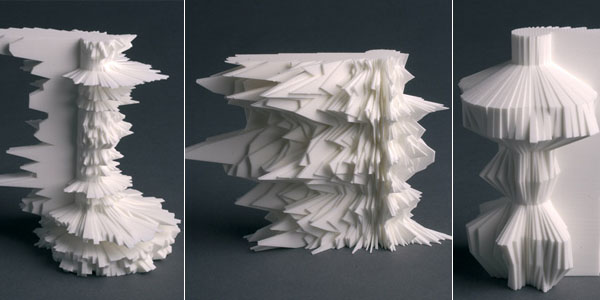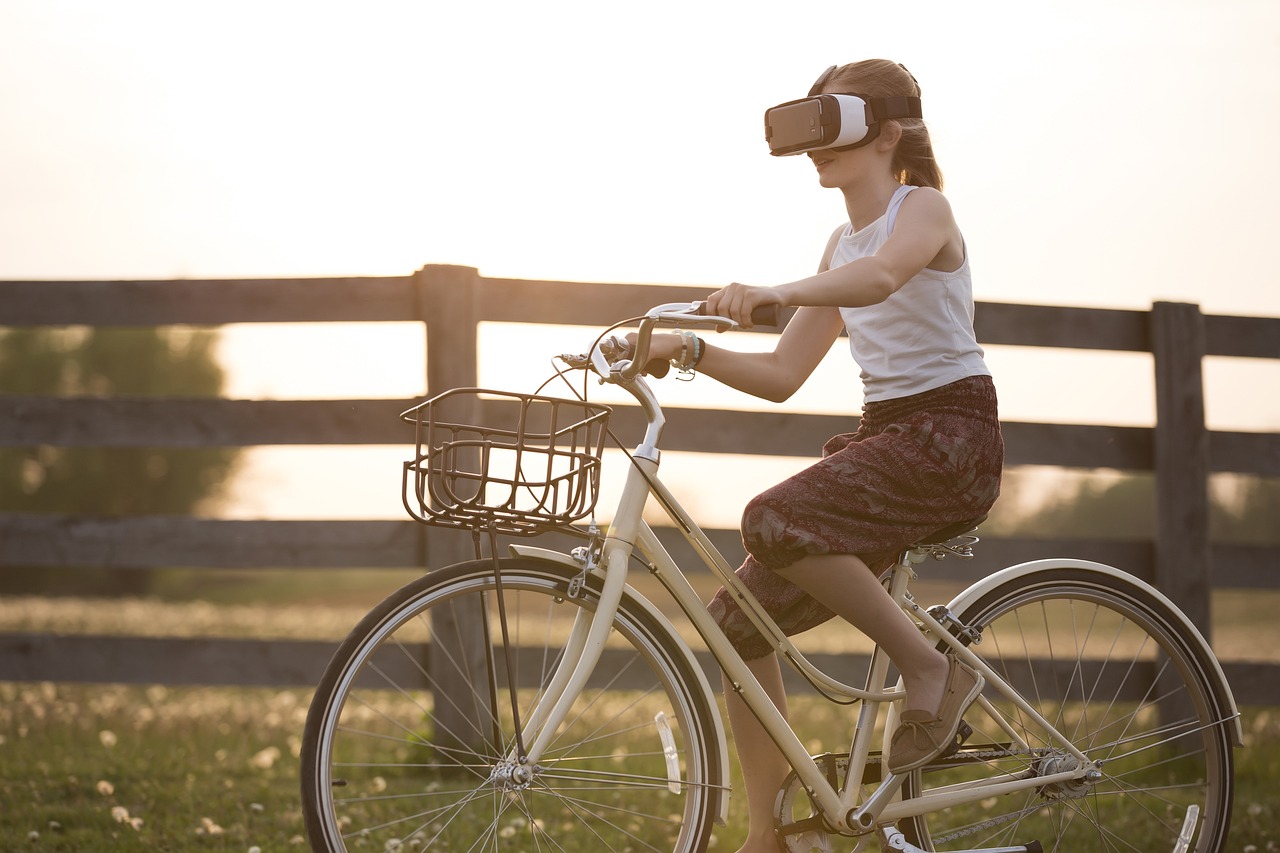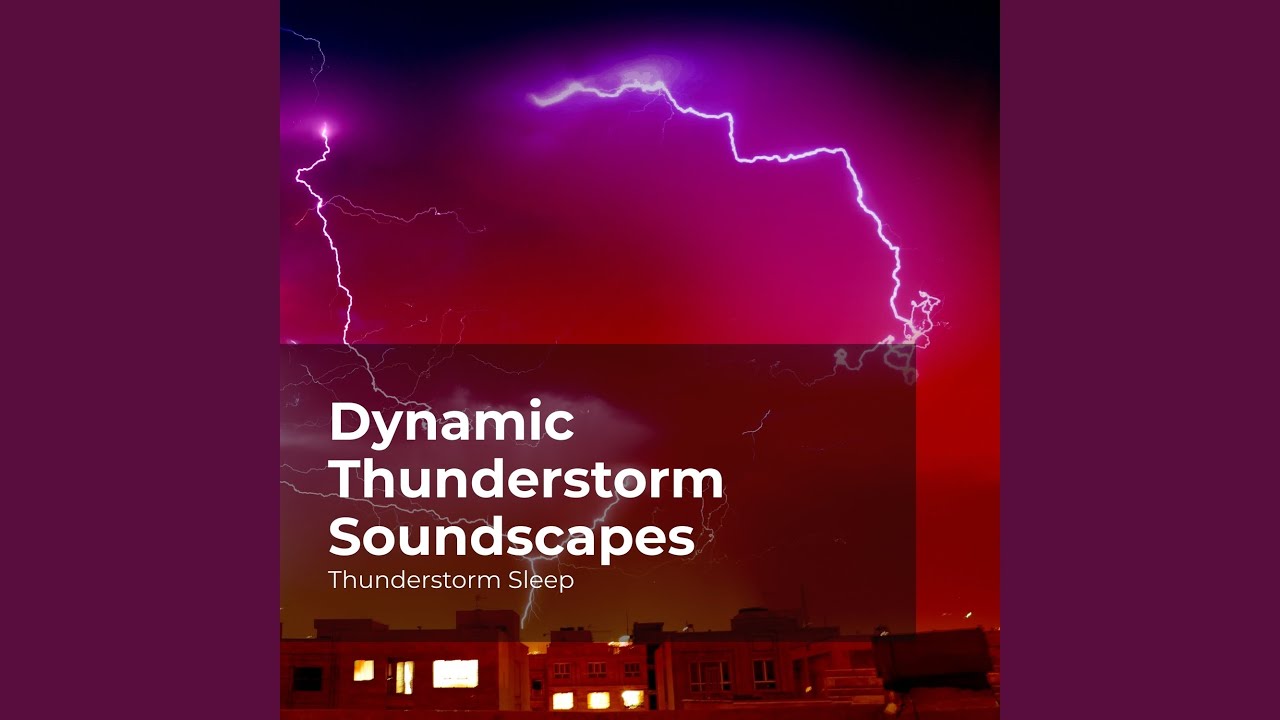Introduction
Virtual Reality (VR) and Augmented Reality (AR) have revolutionized how we experience digital environments. These technologies transport us to immersive worlds or overlay digital information on our physical surroundings, blurring the lines between the real and the virtual. In this article, we will explore how ambient music plays a pivotal role in enhancing the immersion of VR and AR experiences, creating captivating sonic landscapes that enrich our virtual adventures.
Virtual Reality (VR) and Augmented Reality (AR) have not only revolutionized digital environments but have also ushered in a new era of experiential storytelling and interaction. These cutting-edge technologies have the power to transcend the constraints of physical reality, allowing users to embark on journeys limited only by their imaginations. In this article, we delve deeper into the symbiotic relationship between VR, AR, and ambient music, highlighting how this auditory element enriches the immersive potential of these technologies and redefines the boundaries of human experience.
The Unseen Symphony of Immersion
In the realm of VR and AR, immersion is the cornerstone of a truly transformative experience. These technologies excel at visually recreating environments, but it’s ambient music that breathes life into these virtual and augmented worlds. It acts as an invisible conductor, orchestrating emotions and guiding users through their digital odysseys.
Imagine stepping into an AR museum exhibit that brings ancient civilizations to life. While the visual elements transport you to a bygone era, the ambient music complements the experience by re-creating the forgotten soundscape. You hear the bustling markets, the echoes of historical conversations, and the rustling of ancient parchments, all woven into the musical tapestry. This auditory layer of immersion bridges the gap between history and the present, making you feel like an active participant rather than a passive observer.
The Emotional Palette of Sound
Ambient music is a versatile emotional tool in the VR and AR toolkit. It has the remarkable ability to set the emotional tone of an experience without the need for explicit narrative or dialogue. In VR, this means that the moment you don your headset, you’re not just seeing a new world; you’re feeling it too.
For instance, a VR therapy session for anxiety might use ambient music to create an environment of calm and reassurance. The music’s soothing tones and gentle rhythms can lower stress levels, helping users engage more fully in their therapeutic journey. On the flip side, in an AR game that plunges you into a post-apocalyptic world, the dissonance and tension in the ambient soundtrack can keep your adrenaline pumping as you strategize and survive.
Interactivity Amplified by Sound
Ambient music doesn’t stop at setting the mood; it can also heighten the sense of interactivity within VR and AR environments. By responding dynamically to user actions and choices, ambient music transforms passive experiences into active adventures.
Consider a VR puzzle game where the ambient soundtrack shifts and evolves with each solved puzzle. As you progress, the music rewards your achievements, creating a sense of accomplishment and motivation. Alternatively, in an AR city tour app, ambient music can adjust to your exploration pace, ensuring that as you move through the city streets, the musical accompaniment mirrors your journey’s rhythm.
Sculpting Spatial Soundscapes
One of the most exciting frontiers in VR and AR is spatial audio, where ambient music gains the ability to exist in three dimensions. This technology allows sound to originate from specific points in the environment, mimicking the way we perceive sound in the real world. It can enhance realism, facilitate navigation, and deepen immersion.
Imagine exploring a VR forest, where the chirping of birds seems to emanate from above and the gentle stream flows all around you. The ambient music, thanks to spatial audio, truly places you within the forest’s heart. In AR, spatial audio can guide you through a bustling cityscape, with ambient music seamlessly changing as you turn your head or approach different points of interest, creating a lifelike auditory experience.
Conclusion: A Harmonious Future
In the convergence of VR, AR, and ambient music, we find a harmonious fusion of technology, creativity, and human experience. Ambient music is not merely an accessory; it’s an essential element that bridges the gap between the virtual and the real, engages our emotions, amplifies interactivity, and sculpts spatial soundscapes. As these technologies continue to evolve, so will the role of ambient music, promising a future where immersive digital experiences transcend our wildest dreams, captivate our senses, and redefine our understanding of reality itself.
Looking for more insights? You’ll find them right here in our extended coverage: How Virtual Reality Technology Has Changed Our Lives: An …
The essence of VR and AR lies in their ability to immerse users in alternative realities or enhance their perception of the real world. This immersion relies on engaging multiple senses simultaneously, including sight, sound, and sometimes touch. Ambient music, with its evocative and atmospheric qualities, serves as a potent tool to amplify this sense of immersion.
The essence of Virtual Reality (VR) and Augmented Reality (AR) technologies is rooted in their remarkable capacity to transport users to alternative realities or enhance their perception of the real world. These immersive experiences are driven by the engagement of multiple senses, creating a holistic and compelling encounter with the digital or augmented environment. While visuals are a cornerstone of VR and AR, the role of sound, and in particular, ambient music, should not be underestimated in enhancing this sense of immersion.
Ambient music, with its ethereal and atmospheric qualities, has a unique power to deepen the immersion in virtual and augmented worlds. By carefully crafting sonic landscapes that complement the visual elements, creators can evoke specific emotions, set the mood, and guide the user’s attention. The subtlety and adaptability of ambient music make it an ideal companion for VR and AR experiences.
In VR, where users are completely immersed in a computer-generated environment, ambient music can provide a sense of presence and continuity. It can establish the mood of the virtual world, whether it’s a serene forest, a futuristic city, or an otherworldly dimension. As users explore these environments, ambient music can dynamically respond to their actions, creating a seamless and emotionally resonant experience.
AR, on the other hand, enhances the real world with digital overlays. Here, ambient music can serve as a bridge between the physical and digital realms. It can enhance the perceived depth and richness of the real environment by adding layers of emotion and atmosphere. For example, in an AR app that guides users through a historical site, ambient music can evoke the time period and mood, transporting users back in time.
Moreover, the ability of ambient music to evoke a sense of presence and immersion extends to the sense of touch. In some VR and AR experiences, haptic feedback or tactile sensations are integrated to provide a more complete sensory experience. Ambient music can complement these tactile elements by enhancing the emotional and psychological aspects of touch, creating a multisensory synergy that amplifies immersion.
In conclusion, the integration of ambient music into VR and AR experiences enriches the immersion by appealing to the auditory sense. It complements the visual and sometimes tactile elements, providing a cohesive and emotionally resonant journey. Ambient music not only deepens the sense of presence but also allows creators to craft immersive narratives and transport users to worlds limited only by imagination. As these technologies continue to evolve, ambient music stands as a valuable tool in creating transformative and unforgettable experiences.
Additionally, you can find further information on this topic by visiting this page: A systematic review of immersive virtual reality applications for …

In VR and AR, the environment is a canvas for storytelling and exploration. Ambient music complements this canvas by providing a sonic backdrop that aligns with the virtual or augmented world. Whether it’s a serene forest, a futuristic cityscape, or a mysterious alien planet, ambient music can create an auditory environment that draws users deeper into the experience.
For instance, imagine exploring a virtual forest in VR. The gentle rustling of leaves, the chirping of birds, and the distant babbling of a stream all contribute to the illusion of being in a real forest. Ambient music can further enhance this illusion by adding ethereal textures and harmonies that evoke the enchantment of the natural world. As you traverse the VR forest, the music swells and recedes, responding to your movements and actions, creating a dynamic and immersive journey.
If you’d like to dive deeper into this subject, there’s more to discover on this page: The Role of Sound Design in Creating Immersive Content

Ambient music is a master at evoking emotions without relying on lyrics or melodies. In VR and AR, this quality becomes invaluable. It can set the emotional tone of an experience, heightening tension, serenity, or wonder as needed.
For instance, in a VR horror game, ambient music can create an atmosphere of dread and anticipation, with dissonant tones and eerie textures that send shivers down your spine. In contrast, an AR meditation app might use ambient music to induce a sense of tranquility and relaxation, facilitating mindfulness and stress relief.
The power of ambient music to evoke emotions without the crutch of lyrics or conventional melodies is indeed a marvel in the realm of audio artistry. When applied in the immersive worlds of Virtual Reality (VR) and Augmented Reality (AR), this quality becomes an invaluable tool, capable of shaping and intensifying the emotional landscape of the user’s experience.
Consider a VR horror game, a genre notorious for plunging players into a world of suspense and terror. Here, ambient music becomes the conductor of fear, orchestrating a symphony of dread and anticipation. Dissonant tones, eerie textures, and haunting soundscapes conspire to send shivers down the player’s spine. The music doesn’t merely accompany the visuals; it becomes an active participant in the narrative, heightening tension and ensuring that every corner of the virtual world is fraught with foreboding. The result is an immersive experience that doesn’t just frighten; it terrifies.
Conversely, imagine an AR meditation app designed to guide users toward tranquility and relaxation. Here, ambient music assumes a different role, that of a soothing balm for the mind. The gentle swells of synthesized chords and delicate textures envelop users, inducing a sense of serenity. Each note and harmonic progression is meticulously crafted to facilitate mindfulness and stress relief. The ambient soundtrack becomes a cocoon of calmness, helping users escape the chaos of the external world and find solace within themselves.
In the realm of VR and AR, where the visual and auditory experiences are intimately intertwined, ambient music becomes a powerful emotional anchor. It cues users into the intended emotional tone of the experience, whether it’s wonder, excitement, anticipation, or tranquility. It seamlessly guides them through a narrative or a moment, ensuring that emotions are not just seen or heard but deeply felt.
Moreover, ambient music in VR and AR can adapt to the user’s actions and choices, creating a dynamic and responsive environment. For instance, in a VR adventure game, the music might intensify as the player approaches a pivotal moment or a challenge, heightening the sense of anticipation and achievement. This adaptability adds a layer of immersion and interactivity that traditional media cannot replicate.
In conclusion, the marriage of ambient music and immersive technologies like VR and AR opens up exciting new frontiers in storytelling and emotional engagement. The music becomes an integral part of the user’s journey, shaping their emotional responses and enhancing the overall experience. Whether it’s inducing fear in a horror game or fostering tranquility in a meditation app, ambient music in VR and AR is a versatile and indispensable tool, capable of elevating the art of immersive storytelling to new heights.
Looking for more insights? You’ll find them right here in our extended coverage: The Effects of Sensory Cues on Immersive Experiences for Fostering …

One of the most exciting aspects of incorporating ambient music into VR and AR is its potential for interactivity. Ambient compositions can adapt in real-time to user actions, creating dynamic soundscapes that respond to the user’s choices and movements. This level of interactivity enhances the feeling of agency within the virtual or augmented world.
For example, in an AR educational application that teaches astronomy, ambient music can respond to the user’s interactions with celestial objects. As you explore the stars and planets, the music subtly shifts, harmonizing with the movements and discoveries you make. This not only reinforces the learning experience but also deepens your sense of connection with the cosmos.
Don’t stop here; you can continue your exploration by following this link for more details: 10 Best Practices for Augmented Reality Design | by Toaha Nahid …

Conclusion
Ambient music has found a new frontier in the realms of Virtual Reality and Augmented Reality. It has evolved from being a passive auditory element to an active participant in immersive experiences. By creating sonic environments, enhancing emotional impact, and enabling interactivity, ambient music enriches VR and AR adventures, making them more engaging, emotionally resonant, and memorable. As these technologies continue to evolve, ambient music will undoubtedly remain a key ingredient in crafting captivating virtual and augmented worlds that blur the boundaries between the real and the imaginary, enhancing our immersion and redefining our digital experiences.
Don’t stop here; you can continue your exploration by following this link for more details: The use of virtual reality technology in the treatment of anxiety and …
More links
If you’d like to dive deeper into this subject, there’s more to discover on this page: Enhancing the customer experience with virtual and augmented …
